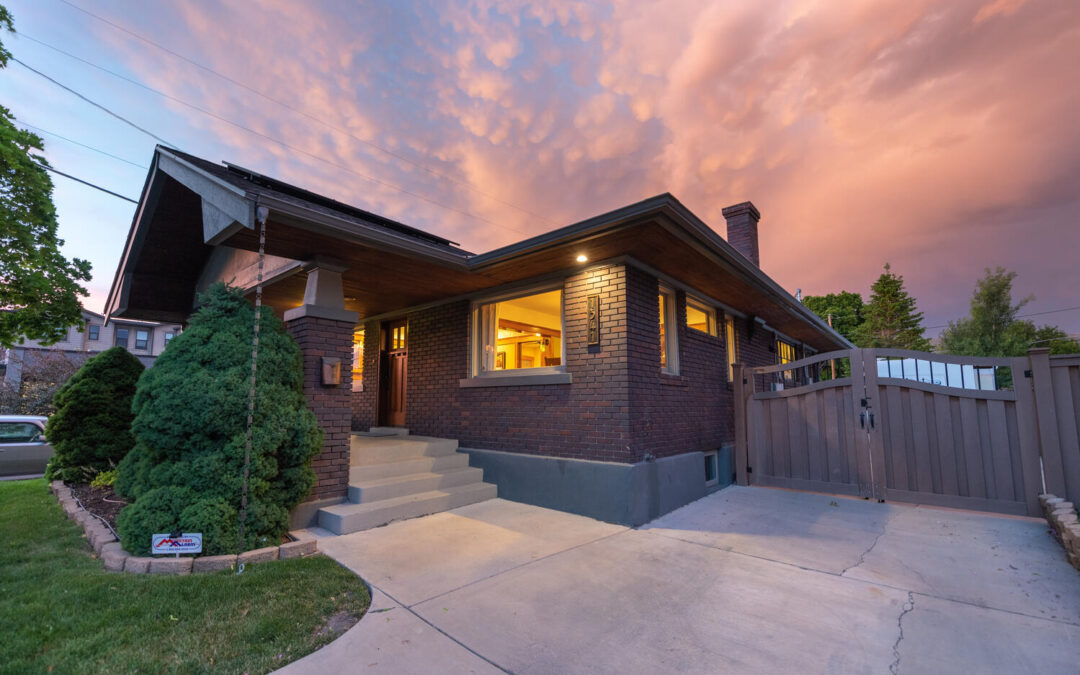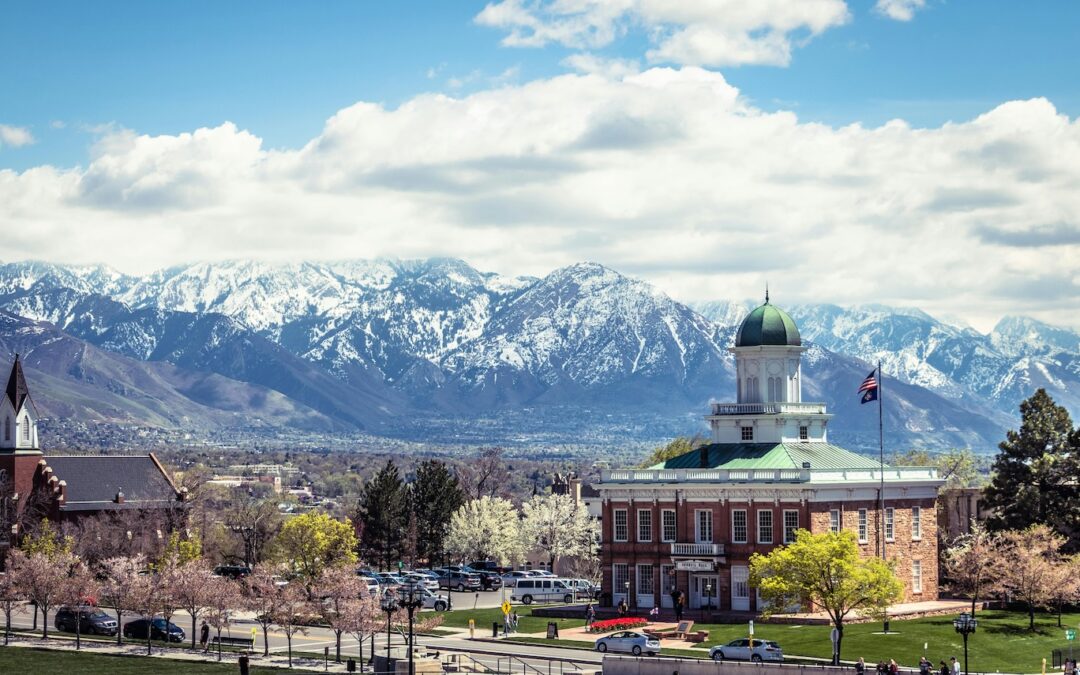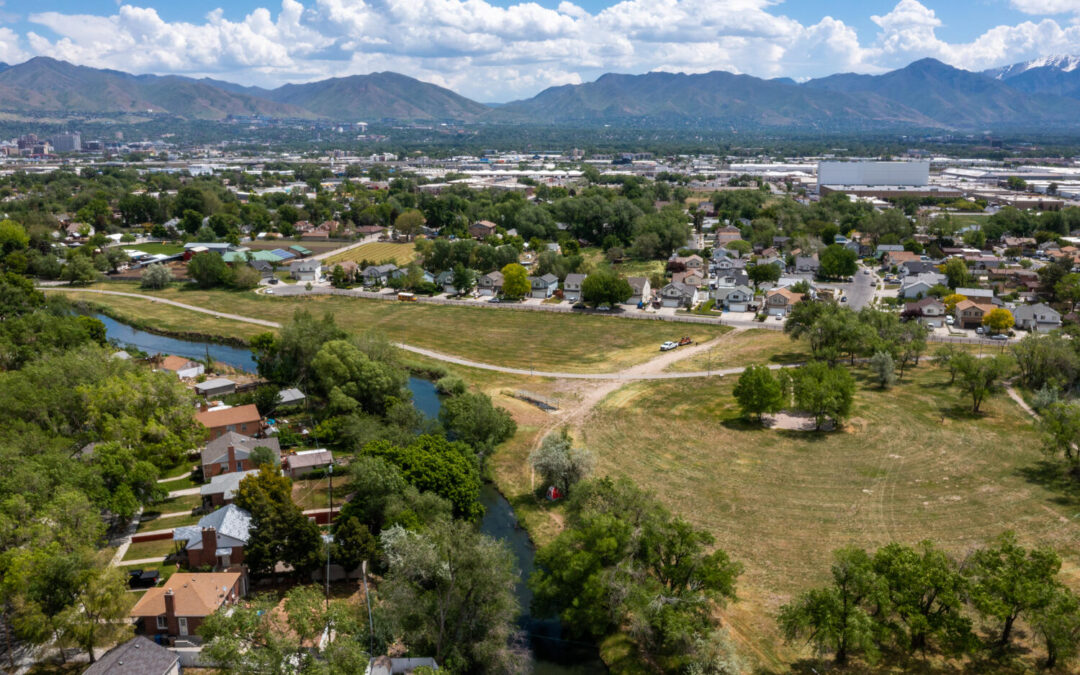In my last newsletter, I mentioned that the Colorado River was very low when we were floating the river in early July, and that 2018 is the 4th worst water year on the Colorado River, in 85 years of record keeping. This month I’m going to talk about the water situation in the Intermountain West, the Wasatch Front, and the Great Salt Lake.
The Intermountain West, which includes the states of Utah, Wyoming, Colorado, New Mexico and Arizona, is in a severe drought right now, and is currently the driest region in the country according to drought.gov, with the driest area being the four corners area. The state of Wyoming is actually in pretty good shape. The map below is the national drought map from drought.gov as of August 6, 2018.

Along the Wasatch Front, we are in a “severe drought”. The levels of drought are measured as dry, moderate, severe, extreme and exceptional, as you can see in the bottom right hand corner of the map above.
Utah is historically the second driest state in the nation behind our neighbor Nevada. Here are some things we can do to conserve water:
- Water your lawn and landscaping in the early morning, not in the middle of the day.
- Water each section with two shorter cycles, rather than one long one, so the water soaks deeper into the soil.
- Water less frequently. You don’t need to water more than every other day even during the hottest times. Also, turn back the frequency of days you water as the air temperatures cool off late in late summer.
- Replace grass in sunny spots with xeriscaping and low water plants.
- Fix dripping faucets and install water conserving fixtures.
- Take shorter showers and don’t let the water run while you’re brushing your teeth or washing your hands.
The Great Salt Lake
There are 171 years of record keeping for water levels in the Great Salt Lake, all the way back to 1847. Since 1847, the water level in the lake has dropped twelve feet. It was once thought that this was due to climate change, but scientist from Utah State University in Logan, led by Wayne Wurtsbaugh, a limnologist (study of inland water and lakes), have studied this topic in great depth and determined that the culprit isn’t climate change, it’s human consumption and diversion of fresh water running into the lake.
Right now we are diverting 872 billion gallons of fresh stream and river water per year, before it gets to the Great Salt Lake. From 2003 to 2012, the amount of water consumed increased by 39%. With all the growth along the Wasatch Front, it’s likely consumption will continue to increase, if it’s left unchecked.
As the lake dries up, there are some major issues we will experience. First, as the lake bed is exposed, salt, sediments and pollutants in the lake, will go airborne in dust storms that blow out of the west onto the Wasatch Front. These pollutants cause respriatory and cardiovascular issues.
Migratory birds rely on the Great Salt Lake to load up on brine shrimp, to give them the energy to continue their migration. If the salinity level of the lake gets to high, the Brine shrimp will not survive. There is a whole eco system that the Great Salt Lake sustains, and we need to protect this habitat.
If the lake gets low enough in the future, it could further exasperate our water situation resulting in less winter lake effect storms. Our “Greatest Snow on Earth” relies on the lake too, which will have a direct effect on Utah tourism, but that will be the least of our worries if it gets to that level. It’ll become hard to sustain our population. This is a long term concern, but we need to think of future generations.
The Utah State University study identified specifics to what we need to do now in order to sustain the Great Salt Lake, and that would be a 24 to 29% increase of fresh water inflow to the lake.
We should conserve as much as possible as individuals, every bit helps, but the issue is bigger than just residential use. Right now in Utah, 82% of our water goes to farms and agriculture, 8% to commercial and institutional, 6% to outdoor residential use, and 4% to indoor residential use.
Our state government needs to get involved and do something about this sooner than later. It’s tricky stuff too, because of water rights and the fact that there is only so much water. Tricky or not, if we don’t address the issue soon, the result will eventually be catastrophic for the Great Salt Lake and the Wasatch Front.
If you have any questions about buying or selling real estate in and around Salt Lake County, wonder what your home is worth, need a contractor referral, or have a friend that needs help buying or selling, please contact me. I’ve been a local Realtor since 1999, and I educate my clients on the market and process.
Realtor Broker MBA CRS
SLC Homes
M: (801) 243-0699
Kevin@SLCHomeBuyer.com



